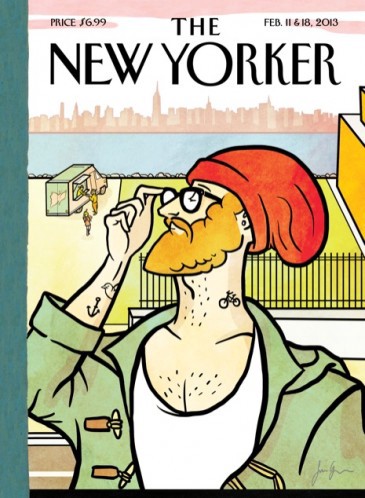A Paywall Rises

We are quite reliably told that tomorrow, the Web site of the New Yorker, the last magazine in the world, will no longer offer the entirety of its archives, going back to 2007, for free. A metered paywall, using blueprints from the New York Times and the Financial Times, has been constructed; the plan is for it it to be erected at around eight in the morning. Once in place, it will allow unsubscribed readers to access just six articles per month for free. Then it will ask them to pay up.
The New Yorker’s paywall is both inevitable and eminently reasonable; it’s hard to imagine it being controversial for any reason other than its abruptness, though it was always clear that a paywall was coming, eventually. (And what some might see as interesting quirk of the paywall architecture, that a short blog post is weighed the same as a sixteen-thousand-word profile of the president, is ultimately a net good: As a value system, it incentivizes the magazine to make every piece equally excellent, since they all count the same for readers.)
Reporting and writing and editing (and offices in the World Trade Center) are all very expensive. Someone has to pay for it, and advertising alone, even in an era when the New Yorker can hope for an exponentially larger audience than it has ever had, cannot yet, if ever, cover that bill. So it must fall to readers. And if there is a magazine that is worth paying for, it’s probably the New Yorker.
Here is a list of things you might want to read before tomorrow morning if you’re too terrible of a person to subscribe (and, come on, it’s like a dollar a week.)
